A collection of works by Akseli Gallen-Kallela
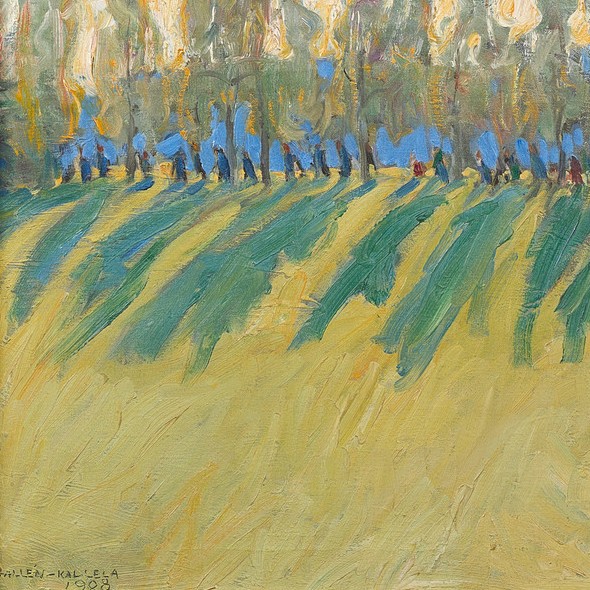
A fine collection of works by Akseli Gallen-Kallela will be sold at the Spring Auction on May 25. You are warmly welcome to the viewing from May 20 to 25 in Helsinki to explore the artworks, or contact our specialist for further details!
Viewing 20-25 May, Eteläranta 14, Helsinki
Viewing opening hours weekdays 10-18, sat-sun 11-15
Auction online 25 May
One of the turning points in the career of artist Akseli Gallen-Kallela (1865–1931) was the time he spent in Africa with his family around the turn of the 1910s. Known for his Kalevala-themed art, our national artist had long carried a restless desire for distant places. Contributing to his decision to travel to Africa were his frustration with Finland’s unstable political situation and his own conflicted position in the increasingly modernizing Finnish art scene. In late 1908, Gallen-Kallela briefly settled with his family in Paris, where he came into closer contact with new artistic movements that he still viewed with great scepticism. In May 1909, the family continued to what was then British East Africa, in present-day Kenya, where they moved into a modest brick house near Nairobi. During the African years, Gallen-Kallela felt liberated from the pressures of his position in Finland. His art, too, became freer.
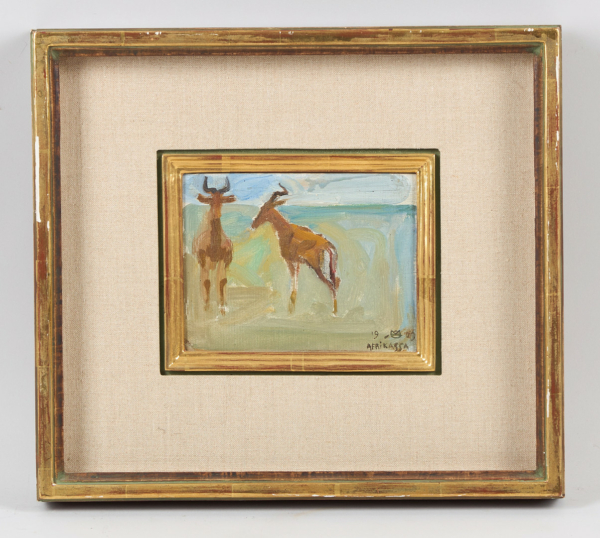
Although he had still been wary of modernist movements while in Paris, his art began to shift toward a more expressionist style soon after arriving in Africa. Enchanted by the beauty of African nature, the artist’s works started to glow with vibrant colors and light. From his time in Africa, approximately 170 small, sketch-like oil paintings by Gallen-Kallela are known to exist. They are painted with bright colors and bold brushstrokes, depicting a variety of subjects from the local population to landscapes, natural details, and wild animals observed during safaris. After living in Africa for almost two years, Gallen-Kallela decided, with a heavy heart, to return to Finland with his family due to homesickness and concern for his homeland. However, adjusting to life in Finland proved difficult. The family missed Africa, and the artist himself faced harsh criticism from the younger generation of Finnish artists. The intense colorism in Gallen-Kallela’s work faded after his return but still left a lasting mark on his output.
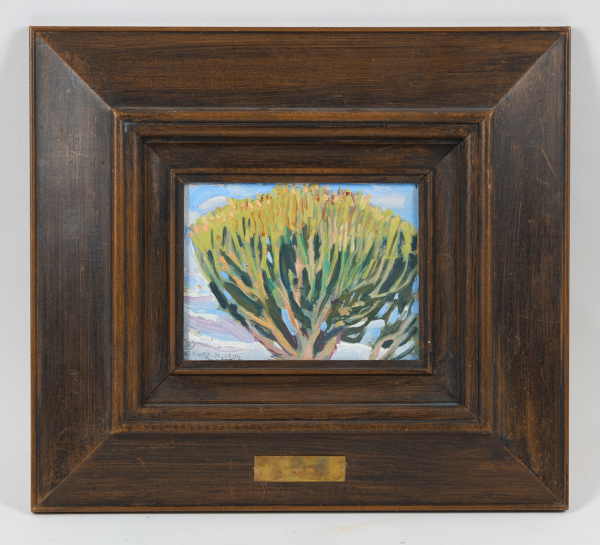
In the years preceding the African journey, Gallen-Kallela had temporarily settled in the Alberga Manor owned by his wife’s family. In 1907–1908, he stayed twice in Hungary, first participating successfully in an international art exhibition in Budapest, and later to hold a solo exhibition there. During those years, he spent summers at Alberga Manor and on Heposaari in Kirkkonummi. For Gallen-Kallela, who considered the wilderness of inland Finland his spiritual landscape, the coastal scenery of Heposaari and the farmlands of Alberga did not offer inspiring subjects for painting, and it is known that he created little artwork in those environments.
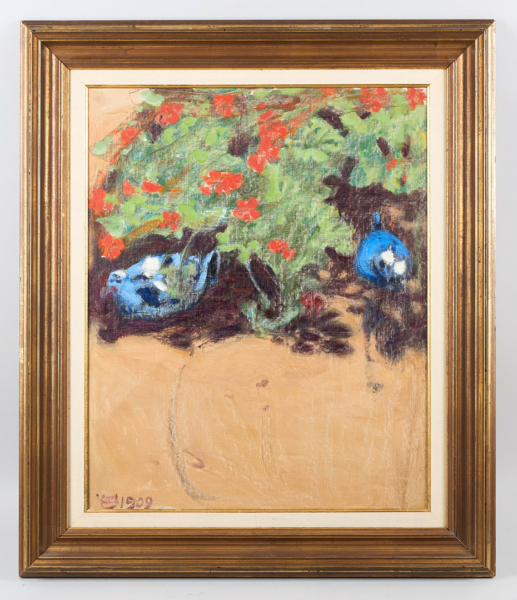
It is quite possible that Light and Shadow (1908) was painted during his stay in Hungary. A study of the barn at the Kovala house from 1928, representing Gallen-Kallela’s late career, was auctioned off. At that time, the artist spent the summer in Korpilahti, creating studies of local buildings, people, and landscapes. In Korpilahti, he returned to the same themes that had characterized his early career. Revisiting the scenery of his youth once more, the artist experienced deep peace and happiness. In his memoirs, Gallen-Kallela described the powerful emotions evoked in him during his last summer in Korpilahti while observing old buildings. Seemingly simple subjects – like old vernacular architecture – evoked in him a deep longing for the past, and he portrayed them with quiet reverence.
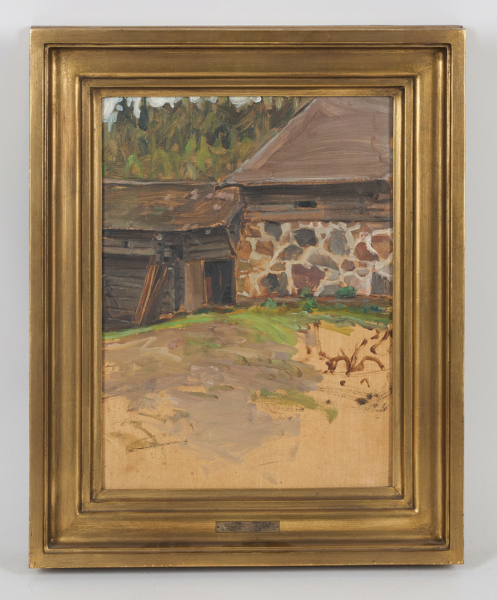
.
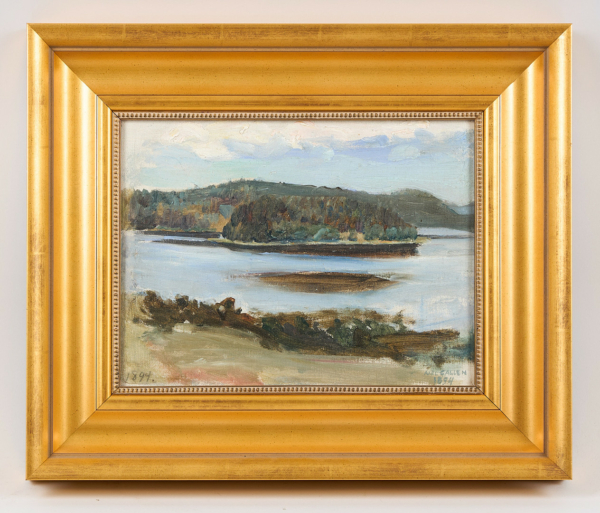
Ota yhteyttä asiantuntijaan ja kysy lisää

